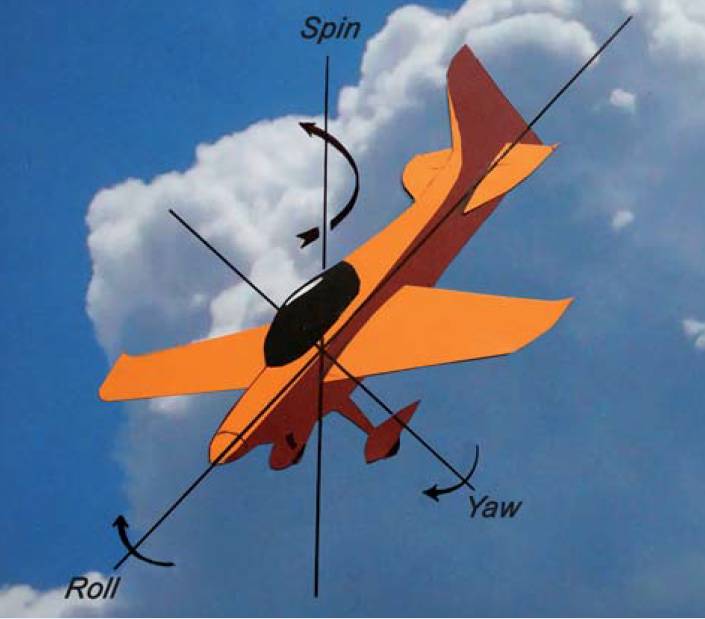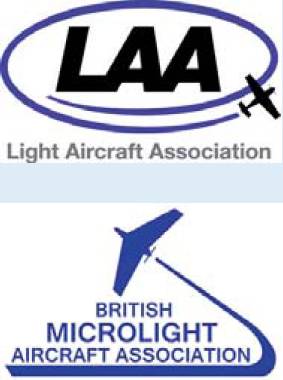Competition
RAeS International Light Aircraft Design competition
 Welcome to the RAeS International Light Aircraft Design Competition 2022-23. This year’s competition is supported by the Light Aircraft Association and the British Microlight Aircraft Association, which supervise the building and operation of most light aircraft in the UK.
Welcome to the RAeS International Light Aircraft Design Competition 2022-23. This year’s competition is supported by the Light Aircraft Association and the British Microlight Aircraft Association, which supervise the building and operation of most light aircraft in the UK.
You are invited to undertake the conceptual design of an electric light aircraft and to demonstrate this design using X-Plane flight simulation tools. The competition timescales have been set in order to fit into the university academic year to enable it to be incorporated into the syllabus, if appropriate, but as usual we welcome entries from all individuals and organisations.
Your aim is to design a piloted electric aircraft that is fully aerobatic and can be used for aerobatic training. It will have two seats for training purposes but for solo practice of competition aerobatics the space occupied by the second pilot can be replaced by 86kg of batteries, giving longer endurance. The design must conform to the requirements of CS-23 Amendment 5, and shall operate under daytime Visual Flight Rules.
The competition is open to all with an interest in aircraft design. Entries from all countries and types of organisation (including individuals) are encouraged. You will need some aircraft design knowledge and the ability to perform basic engineering and aerodynamic calculations, but you do not need to be a professional aerospace engineer.
Team size is left to the discretion of the entrant, but all team members and their affiliation must be listed in the entry form with the final submission. Entrants are at liberty to form a consortium with other interested parties where specific skills and knowledge are required to fulfil the design exercise.
The entries will be judged by a team of professional aeronautical engineers from the RAeS, the LAA and the BMAA. The winners will be announced at the RAeS GA Group’s Light Aircraft Design Conference which is planned for November 2023.
The winning design will be the one that scores the highest number of points. Points will be awarded with equal weighting (ie 1/4 each) based upon:
- the demonstration of all (or part) of a given aerobatic sequence.
- the quality and completeness of the design report.
- the innovation, ruggedness, practicality and maintainability of the design.
- Energy used (battery discharge), which will be measured from ‘brakes-off’ at the start of the take-off to ‘brakes on’ at the end of the landing.
The decision of the judging panel will be final.
The aircraft shall attempt the given aerobatic sequence. Points will be awarded according to how much of the sequence is performed while within a battery energy level sufficient to recover to landing. Should the full sequence be performed, points will also be awarded according to how much battery energy remains above the level sufficient to recover to landing. In all cases, the aircraft is to be stationary on the runway before 20% battery charge level is reached, regardless of whether the aerobatic sequence has been completed or not.
The aerobatic sequence will be released shortly and will be similar to a typical sports aerobatics sequence.
It is assumed that the aerobatic sequence is performed above the home airfield in zero wind conditions. The sequence is to be performed with a minimum altitude of 1,000ft AGL. It will start when take-off thrust is selected on the runway at the start of the take-off run and end when the aircraft achieves zero ground speed after landing, at which point the remaining battery charge will be recorded.
The design must be compliant with the following constraints:
1. Designed broadly to CS-23 Amendment 5 but with the following additional requirements:
- 1,000kg maximum total weight authorised (MTWA)
- Vso 60kt
- Fixed undercarriage
- The design must cater for the mass of any pilot and co-pilot in the range of 50kg to 100kg. The battery substitute for the co-pilot, and the pilot mass when flying single-pilot, will both be assumed to be 86kg.
2. Designs must be practical, rugged and maintainable.
3. The aircraft structural g-limits will be +6 / –3g.
4. The aircraft shall have a fixed-wing configuration, with a maximum wing span of 10m.
5. The aircraft shall utilise an electric powertrain using only batteries for energy storage.
6. Up to four motors and up to four propellers may be used.
7. Propellers may be fixed pitch or variable pitch/ constant speed.
8. No thrust vectoring is permitted.
9. The design shall be fault tolerant: able to continue to fly safely and land having suffered a failure of a single motor, battery or propeller.
10. The aircraft shall have a minimum wheel size (all wheels) of 6.00 x 6" and use at least 6.00 x 6 8 ply tyres.
11. The aircraft shall have either hydraulic disc brakes or electromechanical braking on each of the mainwheels.
12. All moving aerodynamic surfaces must be mechanically actuated.
13. The aircraft must be aerodynamically stable in yaw, but may be neutrally stable in roll and pitch at the design speed used for aerobatics. It must not be aerodynamically unstable in any axis anywhere in the flight envelope. Artificial stability systems may not be used to enhance an otherwise aerodynamically unstable aircraft. For the purposes of design and performance calculations, the following must be used:
- Batteries may only be used between 100% and 20% energy levels, to allow a reserve. You may assume that a 100% discharge rate is available throughout this range. Teams must clearly state and justify their choice of battery parameters (eg specific power, discharge rate) based on battery cells currently available – not cells that are simply at the research stage.
- Stall and performance limitations, and acceptable means of compliance, may be taken from CS-23 Amendment 4.
To ensure a consistent approach and permit fair judging, teams are to assume the following for the propulsion system:
- Electric motors (including controller) shall have a power density of no greater than 7kW/kg continuous (for cruise and descent) and 10kW/ kg peak (for a maximum of five minutes).
- Batteries shall have a specific energy of not more than 350Wh/kg at the cell level and a value of not more than 250Wh/kg for the cells integrated into packs, including monitoring, control and cooling.
- Credit will be given for analysis of thermal loads resulting from the electric powertrain, and how these thermal loads will be managed in flight.
To fulfil the competition requirements, entrants need to submit four key items:
1. An entry form with your details and those of your team. This can be obtained upon request from the RAeS at: conference@aerosociety.com.
2. The flight simulation model of the final aircraft design.
3. A Final Design Report.
4. At least one rendered image of your design. More details on these are provided below.
The aircraft model of your design to be submitted shall be developed using the current version of X-Plane.
 The simulator version used for your final submission should be that available on full release on 31 May 2023. The simulation model will be used to provide a definition of your design, to enable the judges to assess the aircraft’s handling and to provide evidence of the performance (especially range and speed) of the design.
The simulator version used for your final submission should be that available on full release on 31 May 2023. The simulation model will be used to provide a definition of your design, to enable the judges to assess the aircraft’s handling and to provide evidence of the performance (especially range and speed) of the design.
The simulation software calculates the dynamic behaviour of your aircraft in real time from the basic information that you provide to it. However, this is, of course, dependent upon the 2D aerofoil data, masses, body profile drag and other values that you input to that software. In your Final Design Report you must provide evidence and reasoning to support the data that you use in your simulator model.
The competition performance demonstration flights must be conducted at ISA + 10°C and MTWA with the take-off and landing to be performed at –0ft < sea-level < +500ft. This means that the lowest altitude for aerobatics is 1,500ft pressure altitude, with a density altitude associated with an ISA + 10°C day.